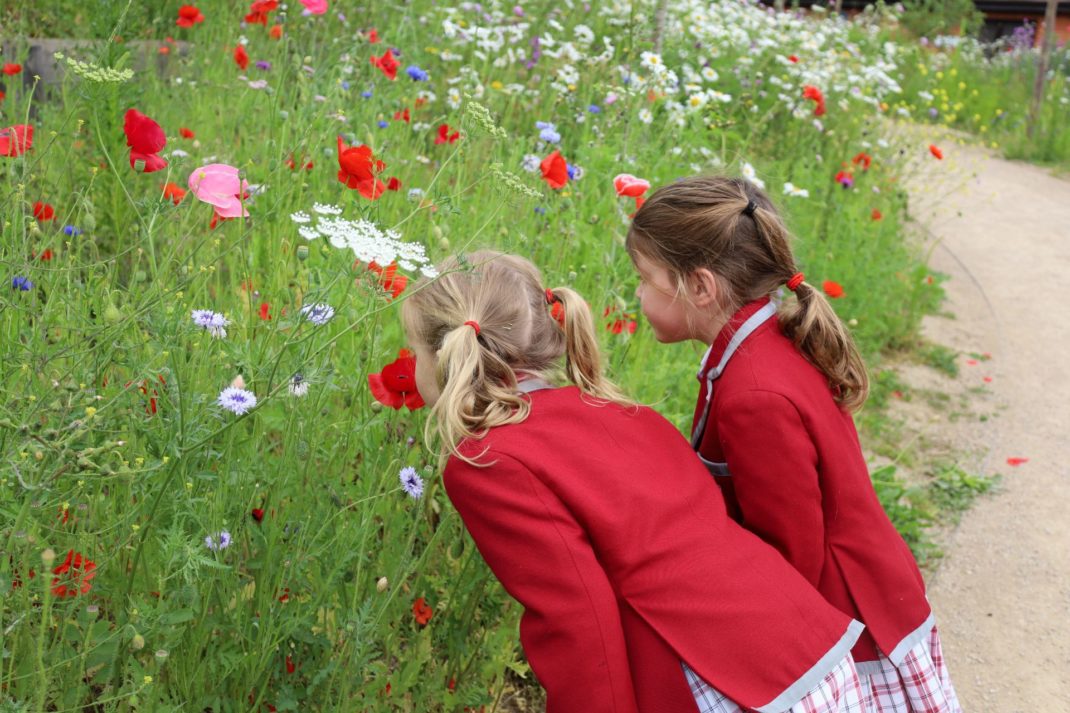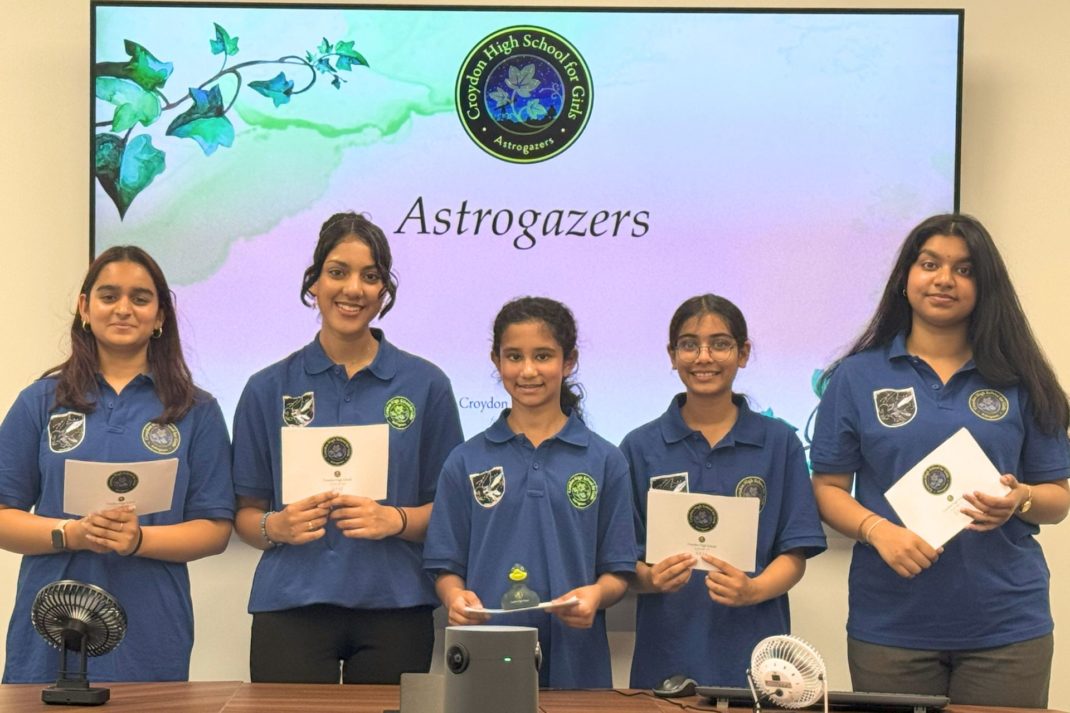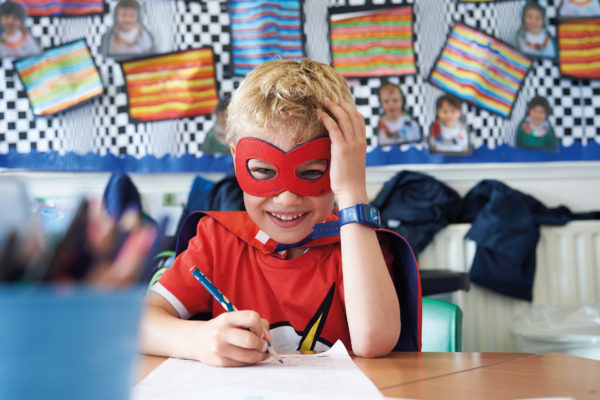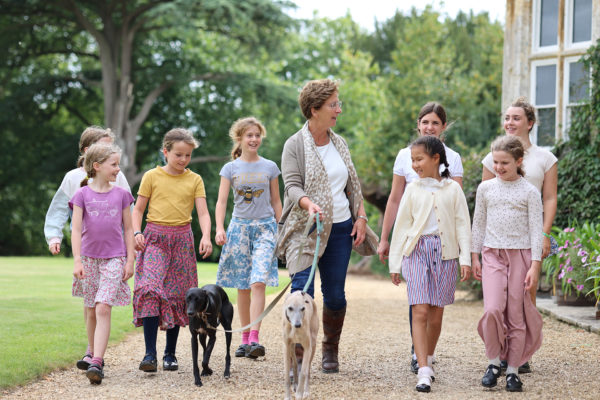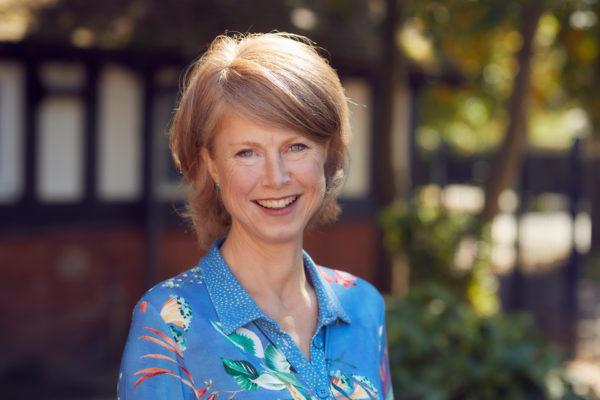Why Are Forest Schools A Good Learning Environment?
By
2 years ago
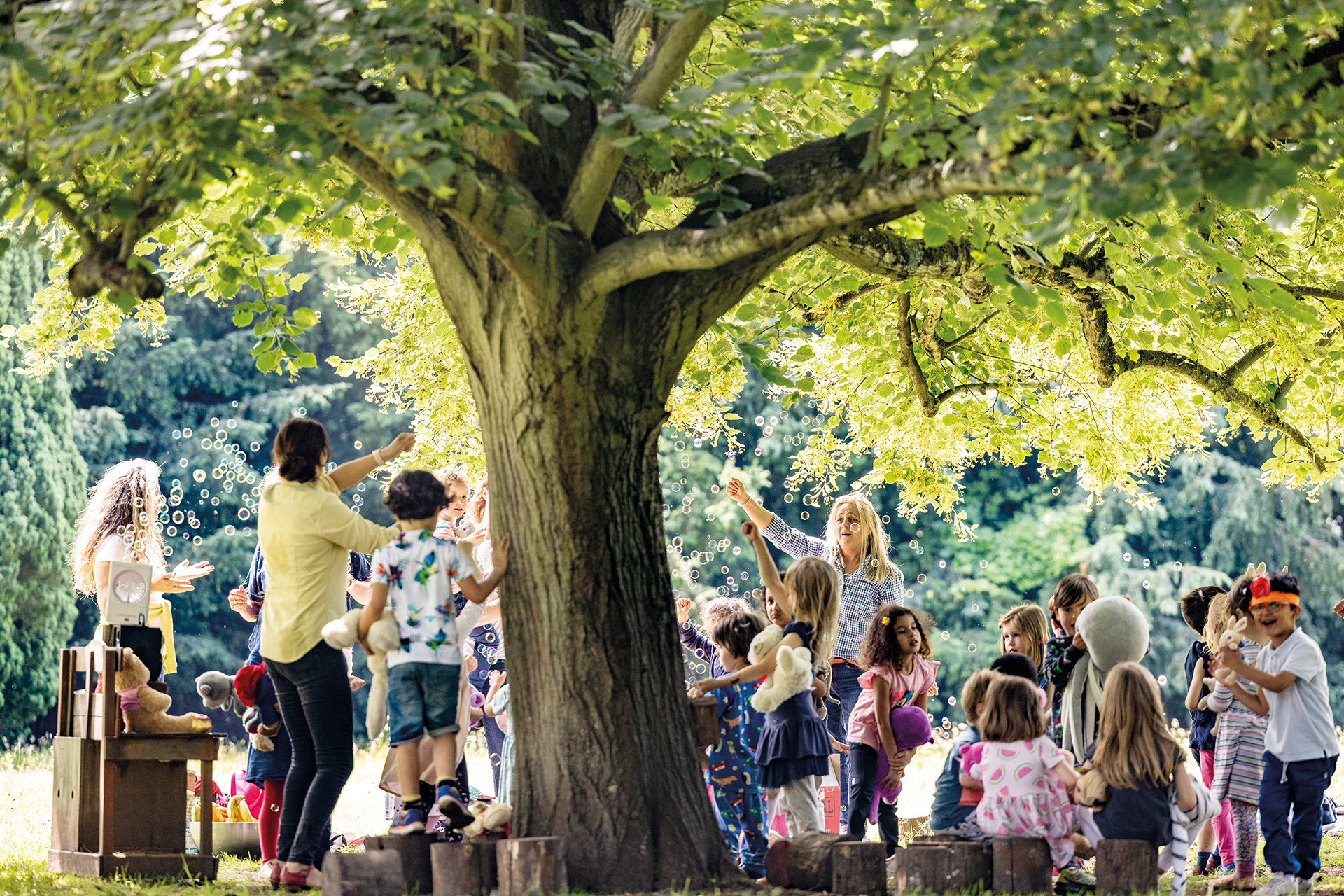
Forest schools make the perfect environment for teaching toddlers, says Alice Smellie
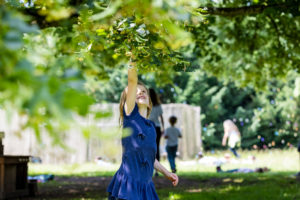
Outdoor education is important at Hampton Court House
By 9am every weekday morning, the small attendees of Little Forest Folk are ready to head outside for the entire day. Should the weather require, they will be kitted out in thermals and waterproofs. When things get a little too much – as they so easily can when one is only three or four years old – there are cosy tipis and thermal sleeping bags in which to snuggle, listen to a story and nap.
If parents were asked to imagine the perfect environment in which their pre-school children could start their education, it would almost undoubtedly involve them spending the majority of their time outside, playing and laughing as they learned from the sights and sounds of nature. So it’s hardly surprising that there’s a rise in nurseries and schools offering Forest School options, and even establishments dedicated entirely to popping on a pair of wellies and heading outdoors for the day for den-building, nature walks, climbing and role play. It’s the ideal foil for a world full of devices and too much time in front of the telly. Forest School is becoming thoroughly mainstream, and the many practical and psychological benefits increasingly recognised.
London-based Little Forest Folk now has seven nurseries, each of which has an indoor base from which they travel to their outdoor locations. In Fulham, days are spent in the grounds of Fulham Palace, and in Morden, they have their very own woodland garden. Launched eight years ago, the nurseries were then the only fully outdoor nurseries in London, though now many more have followed suit. ‘Most settings offer Forest School sessions for a couple of hours a week,’ says director of operations, Jeni Dunning. ‘But our children are outside all day every day.’
UK research into forest schools back in the early 2000s suggested that they boost confidence, social skills, communication, motivation, physical skills, knowledge and understanding. That’s quite a list, but it’s been borne out by a host of subsequent studies. In March this year, a review of the studies into the psychological benefits of attending Forest School for preschool children concluded that, ‘Higher benefits were found…in various areas of child development: cognitive function, motor coordination and balance, connectedness to nature, and health and well-being outcomes.’
Jeni thoroughly agrees. ‘This is a more spontaneous way of learning. It incorporates some technology, but children are never sitting in front of a screen. Mobile apps are used to record information and identify bugs and digital weighing scales are part of the equipment – supporting learning rather than being the foundation of entertainment. Children have huge natural curiosity and they learn that technology can support that.’
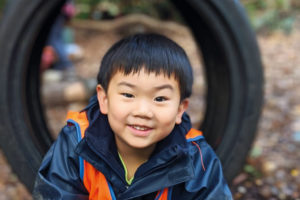
Exploring at the Outdoor
Owls’ Forest School
Forest schools originated in Denmark, where the first school was created by Ella Flautau in 1952, and it has since been the norm in Scandinavian countries. Although the Forest School concept in the UK may seem recent, The Forest School Association – the professional body – points out that the premise dates back to the 19th Century, with such pioneers as Ruskin, the Macmillan sisters and Kurt Hahn, who founded Gordonstoun. It truly took hold in the early 2000s, when a UK structure was created, and all those who are supervising children have had Forest School Association training.
It is likely skills learned in forest schools will be carried through into later life. Helene Mark runs Outdoor Owls for one to five-year-olds, and the jolly-looking website is festooned with pictures of laughing toddlers with grubby faces and expressions of sheer joy. She has a background in public health science and her co-founder studied psychology. ‘During my years working in HR I realised that being socially well-rounded and a self-starter was as important as any academic qualification.’
When pregnant with her first child she investigated early years learning. ‘I was hugely inspired by Forest Schools – the idea that children learn best via play, real-life experiences and in an outdoor environment.’
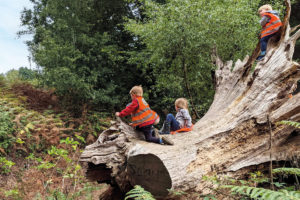
Climbing tree trunks at Outdoor Owls’
The fortunate little attendees of Outdoor Owls are dropped at the Richmond and Putney bases in the morning to meet their teachers, and they’re driven on minibuses (or ‘classrooms on wheels’ as they call them!) to a lush 36-acre nature site in Cobham, Surrey. Local parents drop off in Cobham. ‘We take them out for the entire day from the city to a nature site – it’s the real deal. We come back in the afternoon and they have supper at the bases, with parents picking up when convenient.’
Forest Schools are increasingly part of a school setting as well. ‘We decided to implement Forest School in 2016,’ says Latifa Mihoubi at Hampton Court House. ‘We feel that outdoor physical activity and children learning to take risks is important, and you can see children flourish when outside. From years 2 to 7, every child spends a minimum of 2 1/2 hours per week in the designated area which is on the border of Bushey Park. Here, they – closely supervised – climb, build fires on which they cook, make dens and build with natural resources.’
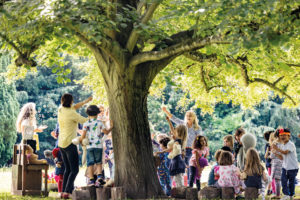
Hampton Court House pupils playing with bubbles
For those concerned about the notion of toddlers roaming the fields of the UK, be reassured that everything is fully risk-assessed. ‘People think that Forest School is wild, but there are very clear rules and even the smallest of children understand the importance of following them,’ says Helene. ‘We use tools such as drills and saws (not the tiniest children!) with one-to-one supervision, and it’s amazing to see how proud children are with their achievements.’ As for meals, these are equally carefully thought out – pre-school children need plenty of fuel throughout the day, and they get especially hungry running around outside. Outdoor Owls provides five meal servings a day including a hot lunch and hot tea. ‘They have protein-packed cups of soup or pasta sitting on a log with a cup and a spoon,’ says Helene. ‘It allows them flexibility to eat when and where they like. Those who are going through a growth spurt might sit for longer and eat more. We are constantly sustaining them.’
Latifa emphasises that Forest School is an extension of the curriculum. ‘For example, when they studied volcanoes and dinosaurs in the classroom, they created an outdoor area that was dedicated to the project, allowing their imaginations to run wild as they made models and mud became lava. It fosters a sense of exploration and adventure whilst providing great learning through play.’ There are no concerns about muddy faces and clothes. ‘It means they are happy and engaged.’
‘Little Forest Folk follows the core Early Years Foundation Stage (EYFS) curriculum,’ says Jeni. ‘But free play, fresh air, exposure to the natural world and physical activity are an integral part of that learning.’
For exhausted and hard-working parents, picking up a mentally and physically tired and happy child is the ultimate goal. And that – as much as anything else – is what’s being achieved in the verdant, exciting and educational environment of the Forest Schools.

